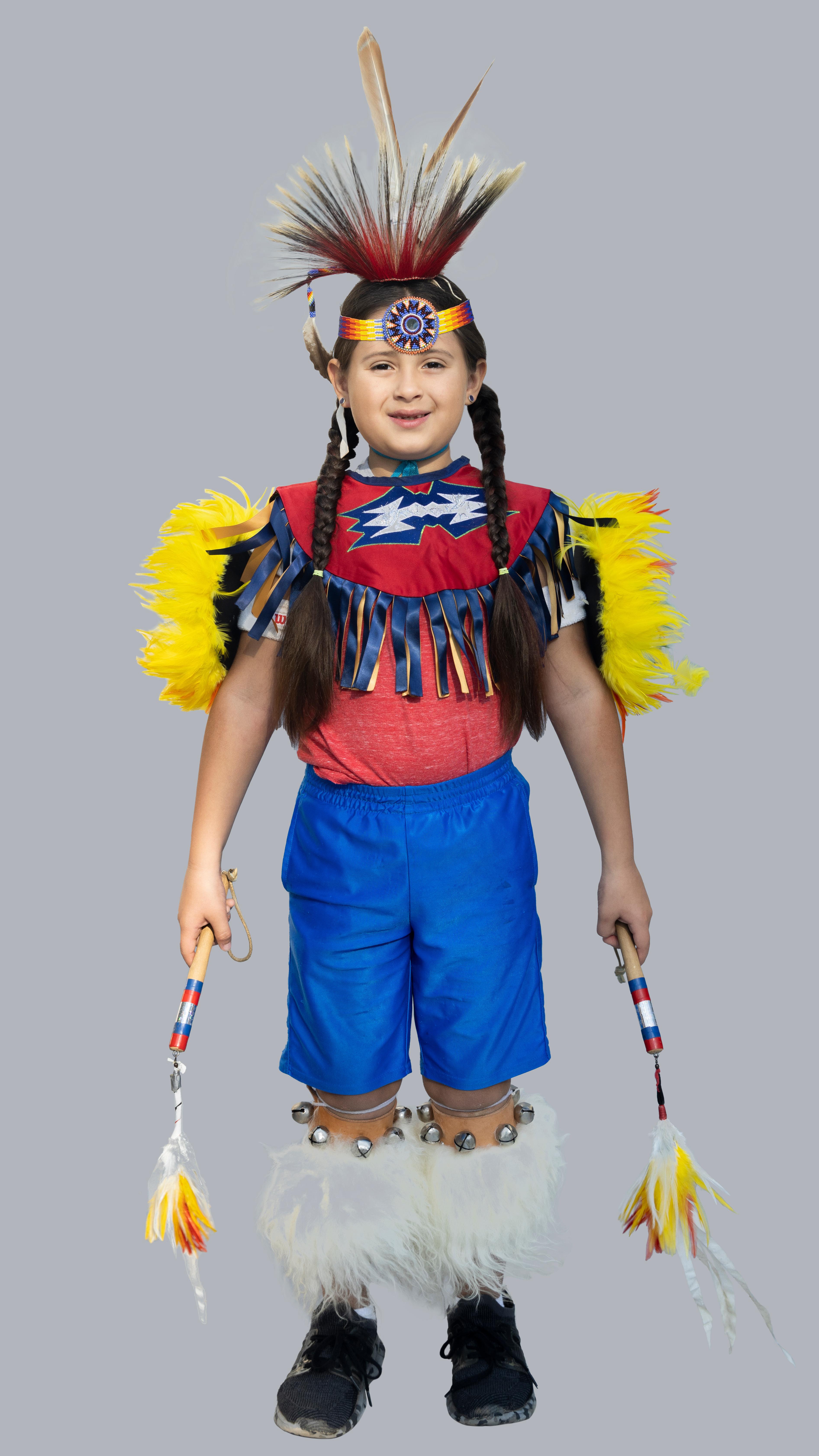
1 minute read
Powwows
Powwows are intertribal gatherings where Native people showcase their cultural competencies in dance, song, and other performances, but powwows are also important venues for the exhibition and sale of Native American visual arts, such as beadworks, leatherworks, and silver jewelry Tonepahhote regularly exhibits her works at powwows, such as Schemitzun in Connecticut, the Red Earth Native American Cultural Festival in Oklahoma, and the Gathering of Nations in New Mexico. She is herself a dancer, who has performed with the Thunderbird American Indian Dancers and the Silvercloud Singers, also serving as a judge in the dance contests at powwows. Many of Tonepahhote’s beaded works are powwow ensembles made for her family members or commissioned by other Native powwow participants
Dancing and singing are essential to powwows because, from the late nineteenth to the early twentieth centuries, Native songs and dances were banned by the U.S. and Canadian federal governments Song and dance are critical elements of Native social and spiritual lives, and settler-colonial governments sought to break tribal beliefs and cohesion by suppressing their performances. American Indians at powwows recuperate and reanimate these cultural and religious forms, and most importantly, reaffirm the continued collective survival of Native peoples.











